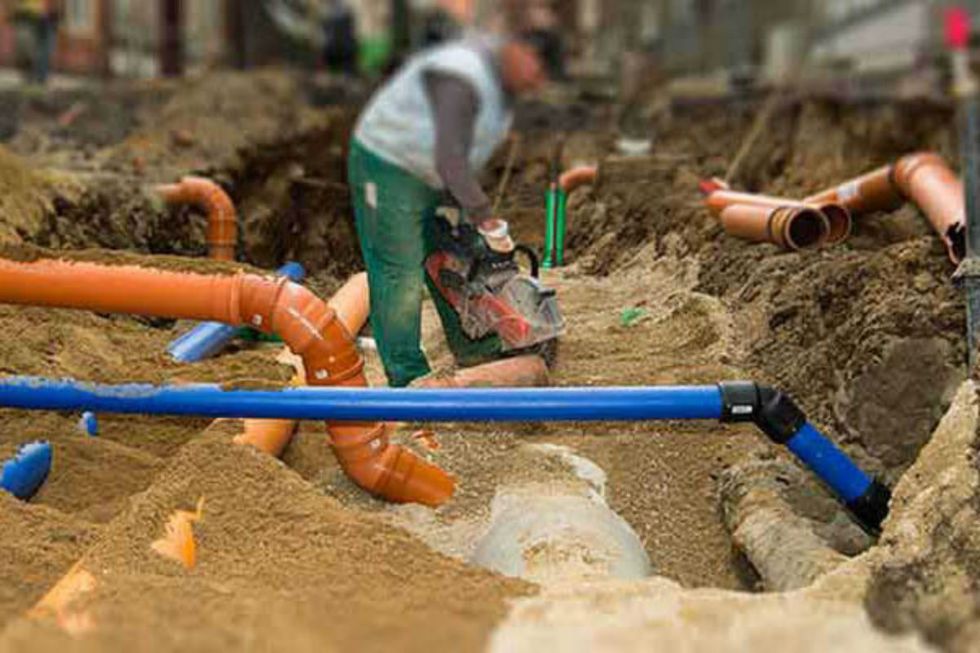Sewer line backups are a stinky problem. Your sewer line is designed to transport your home's waste, human waste, to an underground sewer main. Homeowners often give little thought to their home's sewer system.
When your sewer system works well, there's no need to worry about it.
But when a problem occurs, it's dreadful. The main warning sign that you have a sewer line problem is raw sewage making its way up and out of your drains. The result of the raw sewage reentering the home is:
- Expensive repairs or replacement
- Significant home damages
You won't be able to use your plumbing system when the sewage is making its way back into the home. Before taking drastic measures, a plumber will often recommend a sewer camera inspection to pinpoint the issue.
It's possible the issue can be corrected without replacing the entirety of the sewer line, but a camera inspection is the only way to know for sure.
Call a plumber if your sewer line backs up. Plumbers will be best suited to correct the issue, but if you don't call a professional, there are a few things that you can do.
Detecting a Sewer Drain Clog
Sewer line clogs often happen to more than one fixture at a time. Toilets are the key area that is impacted, but you might notice other fixtures having problems, too. Sewer drain clogs may cause:
- Showers t drain slowly, or not drain at all. These fixtures sit lower to the ground, so they'll often exhibit problems before a sink.
- Sinks may have trapped air. When running the sink closest to the toilet, you may notice that the toilet's water bubbles. This is a key sign of a main sewer line issue.
- Flush the toilet to see if water starts backing up. Flushed water that gets stuck will go to the lowest point to drain – typically the shower drain.
These are clear signs that you have a sewer line issue and not a simple drain clog.
Drain the Water Promptly
A backup is a major issue, and if you allow the water to stand in the home, the issue is exacerbated. You'll need to put on a few essentials before even thinking about correcting the problem, including:
- Rubber gloves
- Rubber boots
- Eyewear
Use pumps to remove the water. Brooms may be able to be used to direct shallow water and solids for cleaning. Sump pumps work fine, but in the event of very deep flooding, sewage pumps are best suited.
Dehumidifiers can be used to remove moisture from the air.
Remove and discard anything that's been contaminated, disinfect the area to prevent microbial growth. Bleaches that are diluted to the manufacturer's recommendations are always best. Disinfecting the area is a must, but your next steps need to be strategic.
You might be able to use an auger to clear out a pipe.
Also called "snakes," an auger may fail to clear the line if there's a clog. If this happens, your best bet is to call in a plumber before making the problem worse. There's a chance that despite all of your best efforts, you could make the clog worse.








 Photo by
Photo by 









